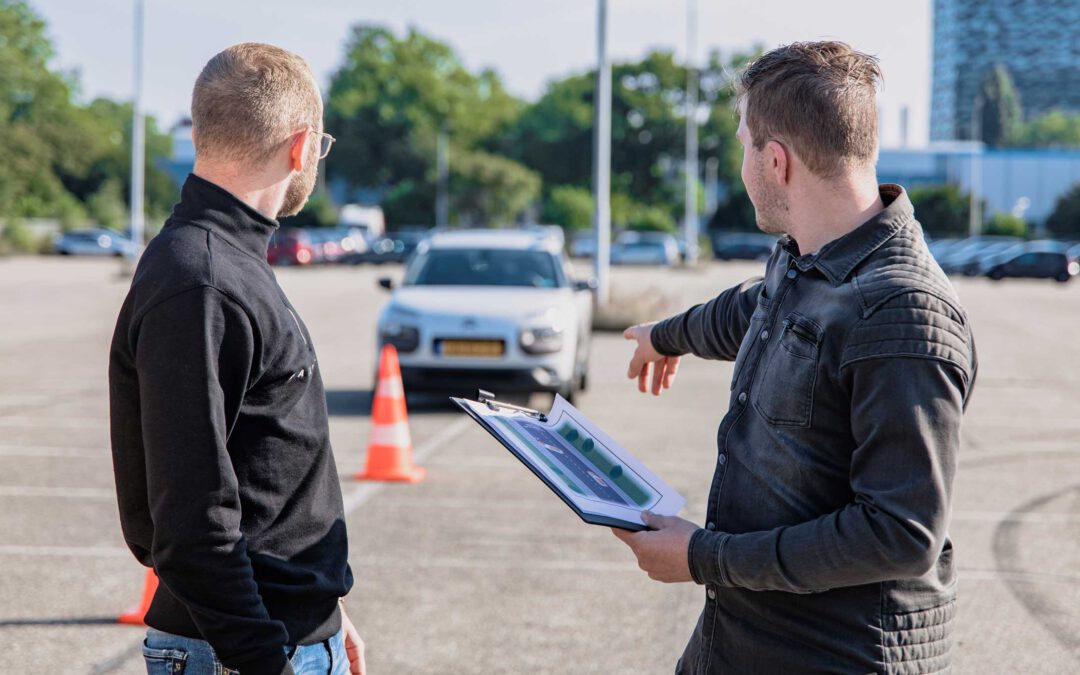A driving license is a document that either ‘arrives’ in Germany with you or is scheduled to be issued as a priority after you have moved. Immigrants inevitably have a number of questions about driving licenses. How and where to get it, what test to take if you already have driving experience, where to apply, how to choose a driving school, and other details of the process will tell the Blue Card Agency in this article. We will give you detailed step-by-step instructions on how to become a full-fledged driver on German roads.
Who is allowed to drive in Germany?
Driving in the country is permitted from the age of 17 as long as an adult is present, and from the age of 18 you may drive yourself. So if you see too young drivers in a driving school class, don’t be surprised. If you are an experienced driver and have arrived in Germany with a license from a non-EU country, you are entitled to drive, but only for six months after you receive your residence permit. After this period, you will need a German driving license, as driving with an expired license is equivalent to driving without one and is punishable by law.German driving schools: features and regulations
The training system in German driving schools does not differ much from what we are used to in the former Soviet Union. It consists of theoretical and practical lessons and ends with an exam, which is taken by an independent assessor who remains unknown even to your driving trainer until the exam itself.- Theory course usually consists of 14-16 lessons, which each school organizes in its timetable as it sees fit: from 1 to 3 times a week.
- If the student already has a driving license, it is not necessary to attend the theory course. However, it is useful for immigrants to establish some new contacts, practice the language and refresh their knowledge before the exam. Moreover, the theoretical part of the course is free.
- There are 12 practical lessons of an hour and a half each. They go either in parallel with theoretical lessons, or at the end of them, after passing the theoretical exam – in each driving school it is different.
- An experienced driver does not have to attend practical lessons and can take a driving test immediately after passing the theory part. However, you should not neglect the chance to get used to the German roads.
Step-by-step instructions for future drivers: how to get your driver’s license in Germany
The specifics of a driving course depend on several factors: the city, the driving school itself and whether or not you have driving experience. You will have to find out and adapt to them as you go along. We will, however, outline the mandatory steps towards obtaining or proving your driving license in Germany. 1.Identify the driving school in your town and find out to which institution the application and documents must be submitted. In smaller towns it is the Bürgeramt, in others it is usually the Führerscheinstelle, and to prove your driving license you must go to the Ordnungsamt. It is also possible to collect your driving license at the end of your course from these institutions. Often driving schools will submit the documents themselves, you only need to clarify this issue. 2. Take a medical first aid course, generally lasting one or two days. The driving school will also tell you how and where to do this. 3. You do not have to undergo a thorough medical examination, but you must have your eyesight checked. This may be done during a medical course. 4. Have your photograph taken. It must be biometric and be 3.5 x 4.5. 5. If you already have a driver’s license, have it translated into German by a sworn translator and apply to the Vehicle Registration Office to have it approved. Driving schools themselves may also do this. 6. Collect all your documents and submit them to the Vehicle Registration Office. In addition to the application, you will need:- a passport and a biometric photo;
- a certificate with the result of an eye test;
- certificate of completion of a first aid training course;
- certificate of the first border crossing from the Foreigners’ Office (the Ausländerbehörde) or on the basis of a stamp in your passport;
- translation of your driver’s license by a sworn translator;
- receipt of payment of the fee.

